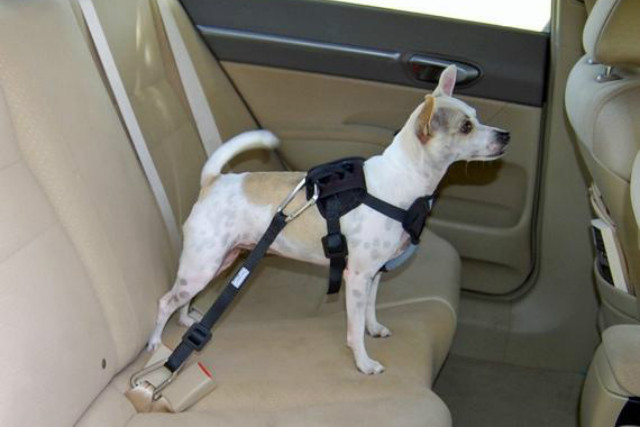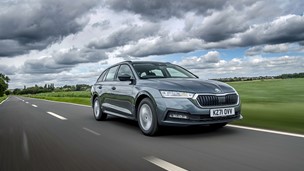If you’re both a motorist and a pet owner, then there are bound to be times when you want to drive a car with your pet(s) on-board. However, you may not be aware of the official regulations which cover driving with pets and may have even unintentionally broken the law while doing so.
In this guide we examine what laws exist regarding driving with pets and what tips you can follow to do so safely.
What the law says
Rule 57 of the Highway Code states: “When in a vehicle make sure dogs or other animals are suitably restrained so they cannot distract you while you are driving or injure you, or themselves, if you stop quickly. A seat belt harness, pet carrier, dog cage or dog guard are ways of restraining animals in cars.”
The official advice from the RSPCA (Royal Society for the Prevention of Cruelty to Animals) is that dogs (and other animals) should be secure and comfortable during transport.
Other advice for driving with pets onboard
If you plan to drive with an animal in your car at any point in the future, then it’s important to get an appropriate way of securing them comfortably as soon as you can. There are plenty of options available from shops and online stores to accommodate dogs and other animals of various sizes.
Likely you’ll be buying either a harness which can be attached to one of the car’s seatbelts or you’ll get a travelling crate or container. Either way, take the time to check the measurements of the product you’re planning to buy to ensure it’ll fit your pet.
A pet is more likely to get comfortable with car journeys if you start out with short and mostly uneventful drives before you start taking them on lengthier trips.
You’ll also need to consider whether your pet will be cool and suitably hydrated and fed while travelling in your car. It’s best to avoid driving with your pet during the hottest period of the day, especially during summer time. Consider using sun blinds on the windows and having one of the other windows open a little to allow a cool breeze to circulate in the vehicle.

It's also wise to feed your pet in advance and bring water with you if you’re going on a long journey as your pet will likely need hydrating along the way.
If you have a dog, then letting them put their head out of the window while the car is on the move is ill-advised. You may have seen this from other passing cars before, but the Dogs Trust advise against as it can be dangerous to the dog and distracting for the driver.
Also, if you stop in your car anywhere then it’s a bad idea to leave your pet in the car. Even if it seems to be a cool day, it could still quickly get warm and deeply uncomfortable for any pets left in a car, even if you leave the car in the shade and with a window open slightly.
If you ever see a distressed animal left in a vehicle, then your best course of action is to inform a nearby police officer or call either 999 or the RSPCA at 0300 1234 999. For the Scottish SPCA, the number is 03000 999 999.
If someone sees a dog or other animal left in a hot car, then they may want to resort to breaking a car window, since the animal could die in a matter of minutes. You should know however that only ‘a local authority Inspector or a Constable have a power to enter a "premises" for the purpose of assisting an animal’. If you break a car window, then it will be considered an illegal act even if you did so to save an animal inside.
For more pet-related motoring advice check out our guide on cars good for dogs.




